Here in Washington State we’ve had a resurgence the last few years for sockeye. The Columbia has been getting record runs. The Skagit and Baker lake now have a regular sockeye fishery. New sockeye fisheries are being created in places like Cle Elum Lake and Lake Cushman.
NOTE: There is now a longer newer article available about fishing for sockeye.
Sockeye only spawn on rivers which have a connected lake, as the young sockeye spend a year in the lake before migrating out to the ocean. These lakes are a popular place to target the fish, as they stack up and mill around for a while before completing their spawning journey.
Places like Lake Wenatchee, Baker Lake, Lake Washington, Brewster Pool (Lake Pateros) and Wells Dam are popular spots.
We are just a couple weeks away before these fisheries open, so lets review how to fish for them.
As you may know kokanee are land locked sockeye, and as you can imagine there is a lot of similarities to fishing for sockeye and kokanee. You might want to refresh yourself on kokanee fishing.
After reading through these basics make sure to check out these “advanced” tips and fishing maps.
Rod and Reel
You will see some people using “salmon” rods and reels. However the Columbia run sockeye run on the smaller size – 3 to 4 pounds on average. So 20 to 30 pound line on a heavy rod tends to be overkill.
So I prefer to use the same rods and reels that I use for kokanee. I think this also helps the land ratio, as it prevents you from setting the drag too tight – and hence not put too much pressure on the line or hook when fighting the fish. Plus its a lot of fun to have those silver bullets peel out line.
If you want to beef up the equipment at all, then a salmon downrigger rod that you’d use for coho or hatchery kings works great. No need to use line heavier than about 20 pounds.
Whatever you use, it is critical to have the drag set right, and have quality line.
Tackle
The tackle is very similar to kokanee – some kind of lure behind a dodger. We mostly upsize everything a bit.
For the dodgers the most common sizes are the 00 (double ought) and 0 (single ought) sizes. Chrome with some kind of reflective sticker dominates.
Here are my favorite sockeye dodgers.
To complete the sockeye rig we then have some kind of lure. I tie mine on 30 pound fluorocarbon line – nice stiff line to transmit the action from dodger to the lure.
The sockeye rigs I normally use are:
Bare hooks – This is a well known Lake Washington Sockeye rig. Just 2 red hooks, size 1/0 or 2/0. Tie them close together with egg loop knots, and there you go. The leader length varies between 10-16 inches of leader.
Hoochie – Another popular setup is kind of hoochie on top of a pair of hooks. Pink is a common color. These setups are usually topped off with some kind of spinner blade.
Below is a RMT Sockeye Slayer bug with a pink Smile blade above it. Hook size and leader length is similar to the bare hook setup.
NSR – This sockeye rig we calls the NSR. It is very inspired by my go to kokanee setup. Pink hooks, a stack of beads and a silver Colorado blade. Hook size and leader length is similar to the other rigs.
This particular one has a few strands of crystal flash on it too.
Start Fishing
If the regulations allow it, it is good to add some scent of even bait. Shrimp/krill scent is popular. For bait sand shrimp or cured coon shrimp can be put on the hook, or in the egg loop knot.
Let out about 20 feet of line and put it in the downrigger clip. Send it down to where the fish are. Then troll slowly – 1.0 to 1.2 MPH.
A good fish finder can be key to finding the depth the fish are at.
Generally speaking the sockeye bite best at first light. As the day progresses the bite will slow down, and they will also go deeper.
For additional sockeye tips, check out this page.
Good luck out there!


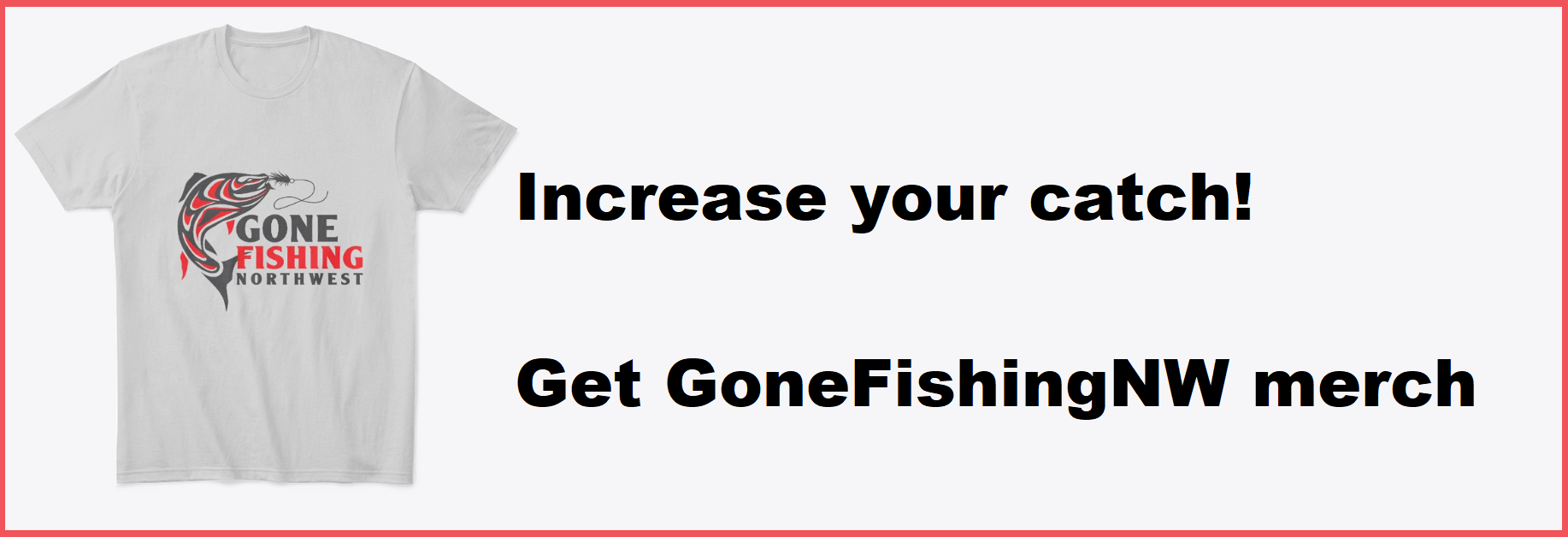

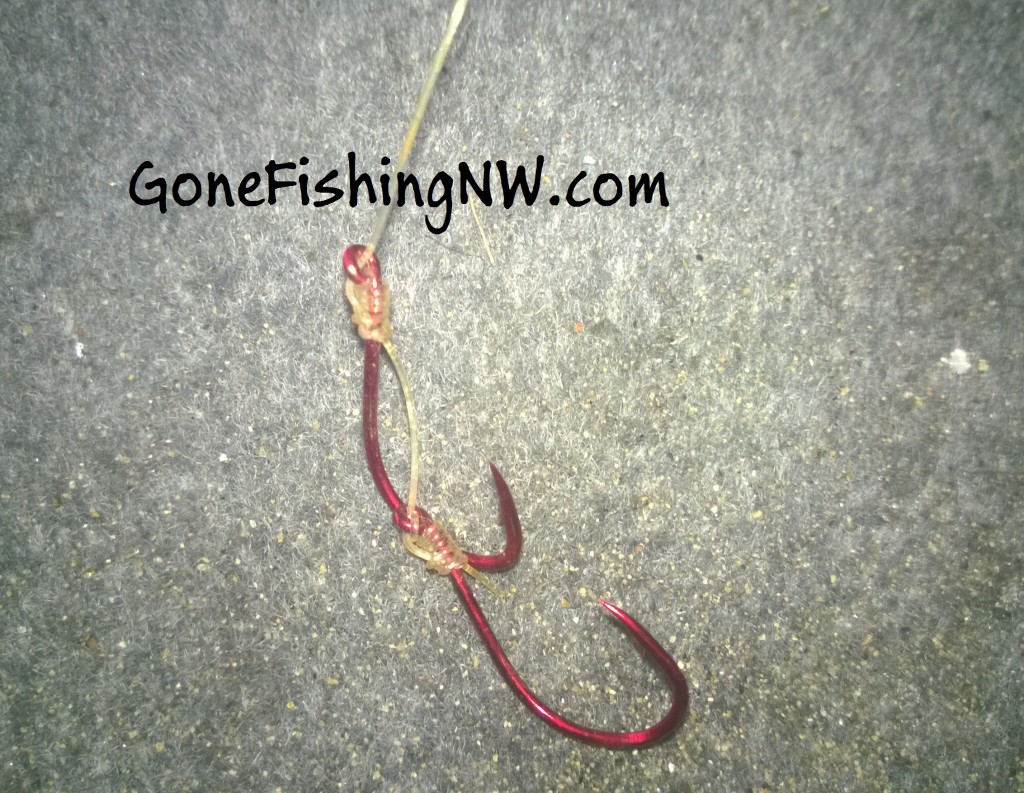


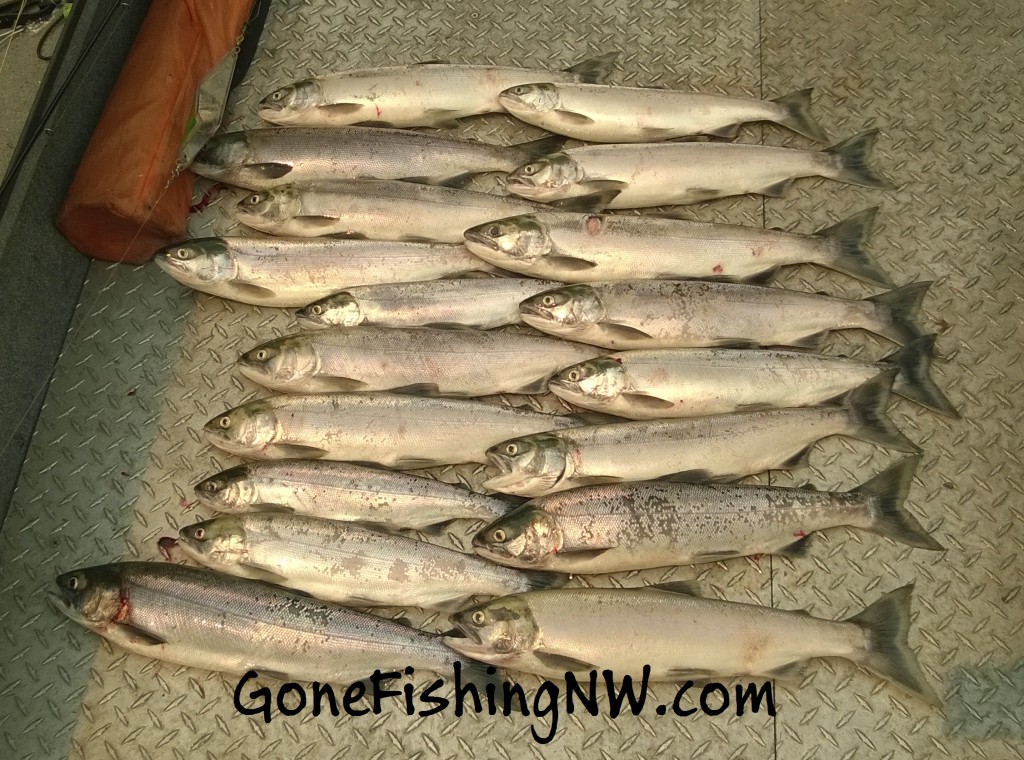
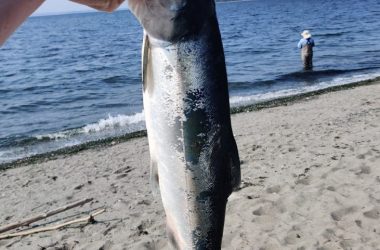
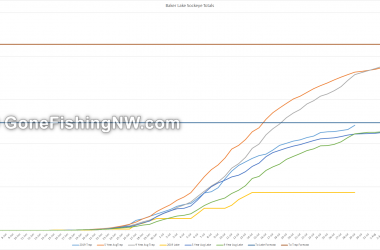
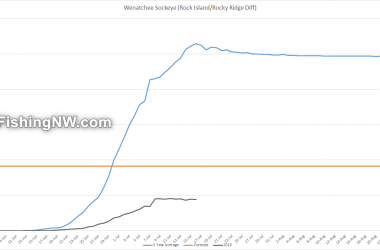
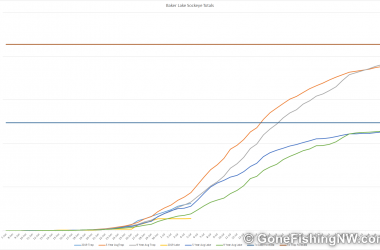
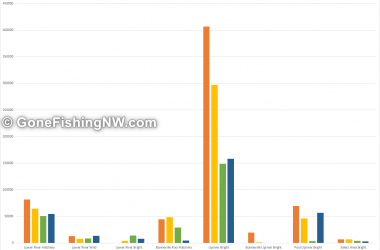
Comments are closed.